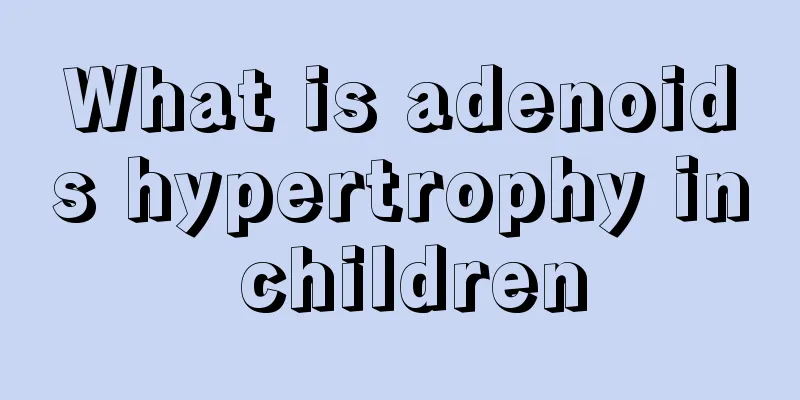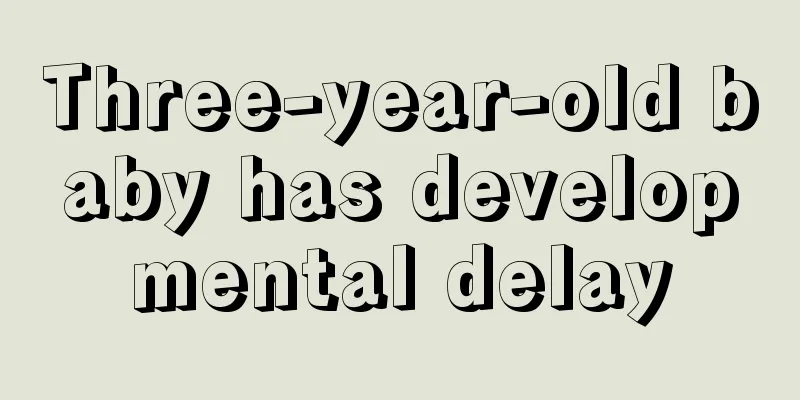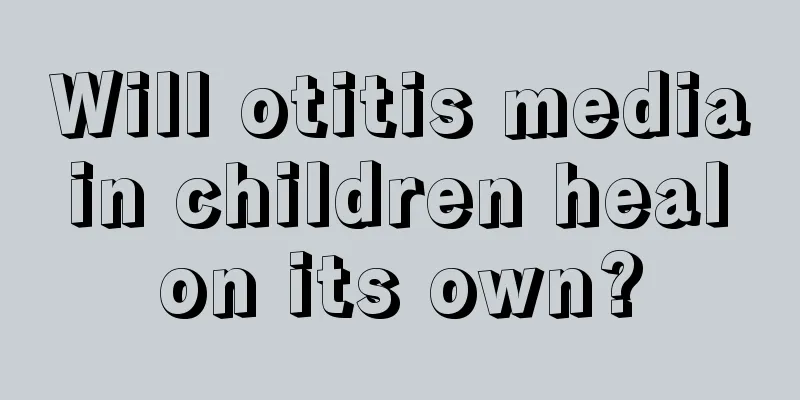What is adenoids hypertrophy in children

|
Now, families pay special attention to children, and the motherland pays more attention to them. We want children to be healthier so that our country can develop better. Therefore, many patients with adenoids hypertrophy in children want to know what adenoids hypertrophy is in children. In order for you to understand it as soon as possible, let's take a look at the introduction below. Adenoids, also known as pharyngeal tonsils and adenoids, are lymphoid tissues at the top and back wall of the nasopharynx. Lymphoid tissues already exist in the nasopharynx when a child is born. They gradually increase in size with age, reach their largest size after 6 years old, and gradually shrink during puberty. Abnormal enlargement of the adenoids due to physiological or pathological reasons is called adenoid hypertrophy. Enlarged adenoids can reach the size of a walnut, which hinders the circulation of air in the nasal cavity, obstructs the excretion of secretions in the nasopharynx, blocks the opening of the Eustachian tube, and affects the ventilation and drainage of the middle ear. If not treated early, it can affect the intellectual and physical development of children. Adenoids hypertrophy is closely related to infection and inflammation of the nasopharyngeal cavity. Children with adenoids hypertrophy often suffer from rhinitis and tonsillitis since childhood, and are therefore prone to adenoids hypertrophy. The main symptom is nasal congestion. Due to stubborn nasal congestion, children must often breathe through their mouths, which can easily lead to deformation of the oral cavity, nasal cavity and chest, such as facial bone development disorders, sunken nasal root, sinus atrophy, shallow nasolabial groove, upturned lips, high palate, protruding upper incisors, and improper tooth arrangement, forming a special adenoid face. Due to the hypertrophy of the adenoids, the movement of the Eustachian tube cartilage is hindered, otitis media is prone to occur, and hearing is affected. Due to the enlarged adenoids blocking the airway, children are prone to snoring during sleep, affecting sleep. Long-term chronic hypoxia affects the physical development of children. Therefore, do not underestimate the hypertrophy of the adenoids and treat it in time. Surgery can be performed after the age of 4. The above is a detailed introduction to what adenoids hypertrophy is in children. Therefore, patients with this disease, including parents, should have a detailed understanding of this aspect. Through comprehensive understanding and correct treatment methods, children can get rid of adenoids hypertrophy as soon as possible and become healthier, so as not to affect their physical health. |
<<: Some issues about adenoids hypertrophy in children
>>: Treatment of enlarged adenoids in the nose in children
Recommend
Pay attention to the eight "leaps" in baby's intelligence
The first time is around the 5th week, when the b...
How to deal with children's anxiety
Children's anxiety is also a mental health pr...
What should I do if my child is scalded by boiling water? Parents can do this
Children are very curious and like to move around...
How to deal with heat rash in children?
With the arrival of spring and summer, many child...
What should I do if my child suddenly has a fever in the middle of the night?
Now that it is autumn, the temperature difference...
What is the best meal for children with fever?
As children grow up, they will inevitably suffer ...
Why does my seven-month-old baby cry when sleeping at night?
Babies need exercise, too. If they are asked to m...
Is formula milk better or fresh milk?
When babies are young, they mainly rely on milk a...
Symptoms of neurodevelopmental disorders in children
For children, they will always encounter various ...
What to do if your child has blisters on his lips
Everyone knows that blisters on the lips are caus...
How to get children to eat more vegetables
Children nowadays generally have a problem of bei...
What are the benefits of eating cheese for children?
Dairy products are particularly popular among peo...
Treatment of falls in children
Falling is a very common injury for babies, and i...
Can a one-year-old baby eat meat?
One-year-old babies are just weaned, so they cann...
Why do children cry at night?
After a busy day at work, we parents really want ...









